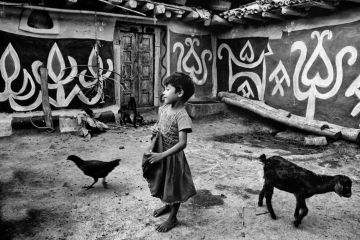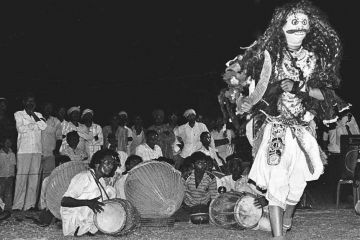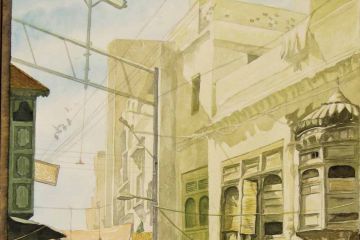Fakirani Jat is a nomadic pastoralist
community living in and around the arid, coastal district of Kutch in Gujarat.
They rear camels and move throughout the year in search of grazing resources
for their herds. Due to the destruction of habitat resulting from climate
change and aggressive industrialisation—especially along the coastal belt—their
way of life is being challenged.





